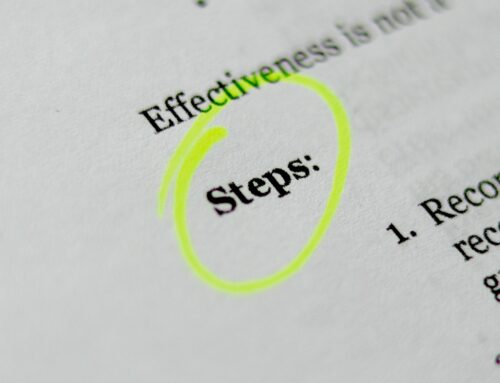Difficult conversations are a part of life – and they are certainly a part of work life. Maybe you have a worker who has been slacking on the job recently, and you need to get them back in line. Perhaps you have to tell a client that a project will take longer than initially projected (or worse, cost more). Or you might need to have a tough talk with your team about following a new safety protocol. Whatever it is, there are a lot of ways that things can go awry. You want to do your best to stay professional and preserve the relationship – whether it is with one of your workers, suppliers, or prospective customers. In this article, we will go over some tips that can help you do just that.
Before the tough conversation
It can be difficult to remove emotion from some conversations. For example, if you need to reprimand one of your team members for speaking unprofessionally to a client or follow up with a vendor who is late on filling an order, chances are you are not in the greatest mood. But before you get upset, take some deep breaths and plan what you want to say. It can help to write down the main talking points that you want to get across. At the same time, you do not want to sound too scripted, so do not write things down word for word.
During the tough conversation
Remember that, after all, this is a conversation. This means that you should also be listening. The other person must get to respond to what you are saying and share their own perspective. However, you want to keep things positive and professional. Ask the individual how they recommend solving the issue. In addition to being part of the problem, they must see themselves as part of the solution. When you finish up the talk, make sure that all parties are clear on the course of action.
After the tough conversation
Follow up. After sharing bad news or having an uncomfortable chat, it is probably a good idea to give everyone a day or two to calm down. After that, check in to see any outstanding questions or items that should be addressed or clarified. Then, by sending around the agreed-upon action plan, you can make sure that all parties are on the same page regarding the next steps.
Photo by Product School on Unsplash









